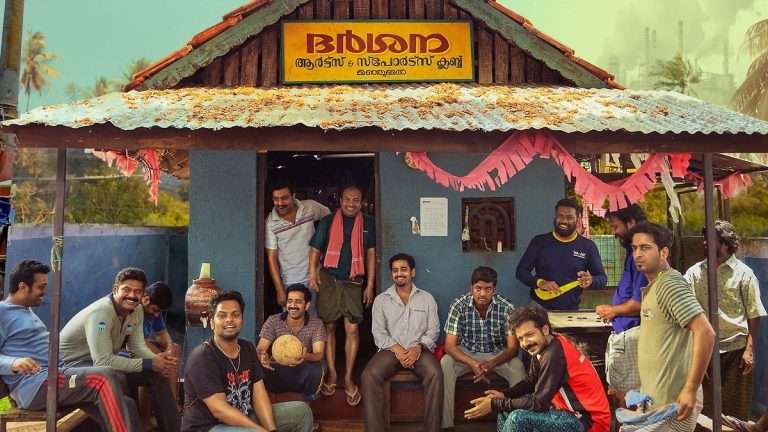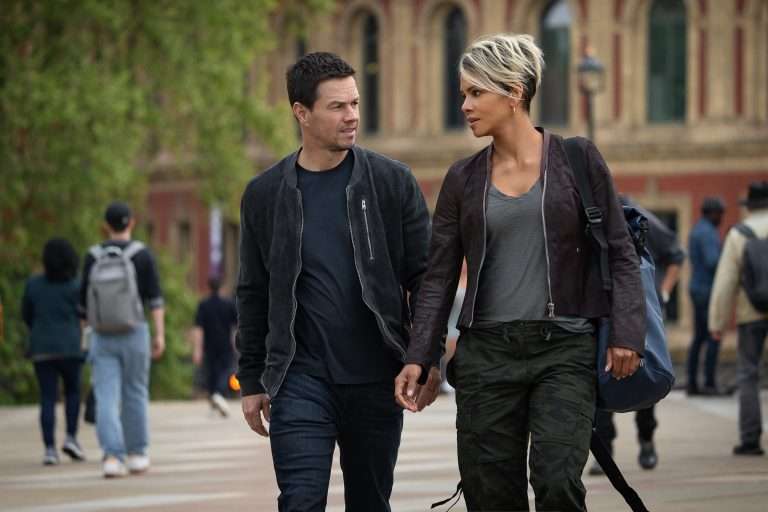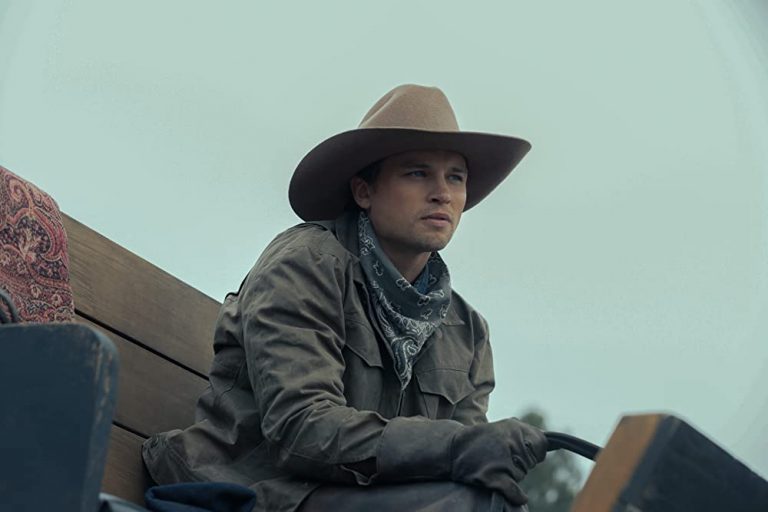Interview with Writer-Director Anirban Dutta: Having its World Premiere at the International Film Festival of Rotterdam (IFFR), ‘Anubhuti’ is writer-director Anirban Dutta’s second feature.
Highly impressionistic in nature and form, the film revisits the poetry of the ‘Bhakti’ tradition and the extensive literature of Krishna devotee Meera and subverts the conventional understanding of the dynamic and interplay between Krishna, Radha, and Meera to create a different texture of intimacy that’s seldom explored on screen. Staunchly anti-narrative in its construction, Dutta’s ‘Anubhuti’ is a great example of what film scholar Amrit Gangar has termed ‘Cinema Prayoga’ (Cinema as Experiment), reclaiming the idea of experimental cinema from a European context and situating it amongst the work of Indian filmmakers and within the distinctly Indian philosophy of performance-based art known as ‘Natyashastra.’
Film critic and High on Film’s Virat Nehru caught up with writer-director Anirban Dutta before his film had its World Premiere at IFFR to discuss the genesis of his film, the influence of ‘Natyashastra’ on his work, and the reason he wanted to explore Meera and her literature from a different lens.
Virat: Congratulations that your film had its World Premiere at Rotterdam (IFFR). It’s a huge honor. How are you feeling that your second feature, ‘Anubhuti’ is playing there? How are you feeling now that you’ve completed the film and it’s beginning its festival journey? What are your initial thoughts, and what was the intentionality behind your film?
Anirban: Thank you, Virat. Thank you for your kind and wise words. I am feeling great, undoubtedly, because one of my films is playing at Rotterdam (IFFR) and getting an opportunity to premiere alongside such a great line-up. Rotterdam is a festival where not only filmmakers, but artists in general come together to create art. Very few festivals in the world cater to this kind of line-up. I’m really glad that my film will be part of this journey.
I’m really feeling beautiful inside, because this film, when I was making it, I was traveling to a border village between India and Bangladesh, and I stopped for water. There was no shop, and I was looking for a bottle of water. I went inside a house which was open because it was just like any other village house. There was a girl who was hardly 14 or 15 years old, and she was singing, and I started chatting with her. I got to know her entire family was color-blind, including her. She was singing this Meera bhajan. Her voice was so beautiful. Untrained. Untamed.
She would go and perform in the local village dramas without any expectations. When I started talking to her, I realized that, unknowingly, she was trying to live the colors of her life through the music of Meera. She didn’t know who Meerabai was and what her literature was all about. This girl was kind of like Meera to me. And her colors, the will to express those colors, were like Radha to me. It was at that very moment that I started writing the film.
I had already shot the film but then scrapped the entire thing. Because I thought it was too much about ‘narrative’. I wanted to deconstruct that approach. I didn’t want to build a narrative-reliant feature. If you look at Meera’s life, her devotion was so intense that she did not take a break from Krishna. And in my film, I wanted to recreate that intensity. I wanted to give the feeling to the audience that this is not a story. It’s the intensity of feeling that Radha and Meera want to exist only for Krishna. And the colors of the intensity are experienced through the interplay between Radha-Krishna-Meera. This is who Meera was. She was not a ‘Bai’.
Unfortunately, we have had a film made by Gulzar on this subject (see ‘Meera’ 1979). The ideal in the imagination of the DOP of that film was Hema Malini. Whenever we try to portray an artist’s life, we try to give a cinematic impression of their personal events, which is not how things are. When we look at an artist’s work, that work itself is a reflection of their life. So, why don’t we concentrate on their work instead of their personal life?
If we really want to give that respect to an artist, we must understand the intensity that she [Meera] had that helped her to create literature that had this transformative power. So, that was the intention behind the film. This is a film that exists without standing on a conventional narrative structure, something which I’ve always preferred. I’ve been a fan of films made by Mani Kaul, Ritwik Ghatak, and Pushpendra Singh, among others.
Films by these filmmakers have made an impression on me and made a mark on my thought process. The way these films are made was a very personal process. And the seeds for these films came from encounters that were unplanned. That is what matters. We start to realize that this is a cosmic process. We were designed to be a part of certain incidents. I was designed to meet this girl and find this film. So, I’m glad that this film has somehow found a place.
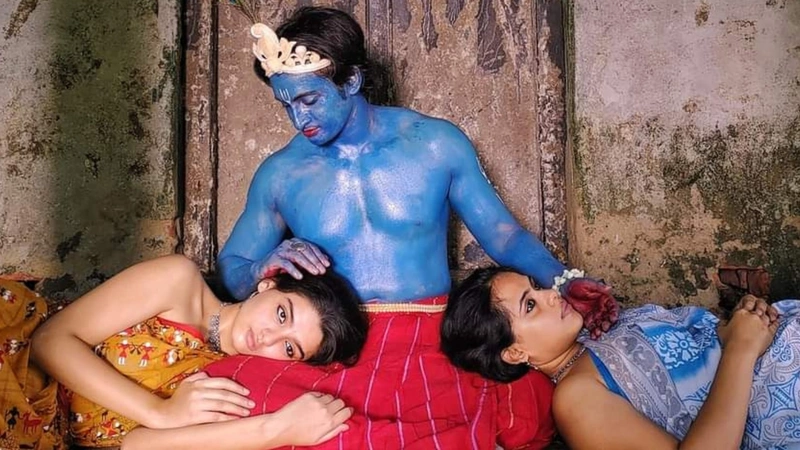
Virat: It’s an interesting thing that this film when you look at it visually, it’s an anti-narrative film like you just expanded on earlier. And it unfolds like a stream of consciousness. Drawing from the ‘Bhakti’ tradition, I really found it to be actively engaging. Here’s a film that actively wants its audience to engage with what is the text and the subtext both, because you’re drawing so much from Meera’s literature as well. It is an interpretation of Meera through her work like you’ve just mentioned, and not through her personal experiences. In fact, it came across as a complete reimagining and reappraisal of her work. What motivated you to go down this path? This could have been, let’s say, a monograph or an essay where you go through a reappraisal of an artist’s work. What prompted you to think that this would work in a visual sense? Because I see that as a big challenge: how to go about this and make it visually engaging? It seems that there’s something akin to David Lynch at work here – an image or something that sparked you to think that, okay, there’s something visually interesting here that I need to explore.
Anirban: When I met this girl, and she was bringing water for me in a glass, I could take a sneak peek inside her room, which was just a makeshift hut. This girl was supposed to perform in a drama that same evening. She was practicing in costume, and she was singing. At that very moment, when I was looking at her, my visual narrative became clear. For me, Krishna is standing in between them [Meera and Radha] and giving both a different kind of attention. But at the same time, Krishna, according to me, is leaning toward Meera because Krishna wanted many such devotees to exist. But we only know about Meera. Part of this is due to her contribution which we also can access today, which is her literature.
The appeal came to me because even with my debut film, whatever I want to create, visuals are very important to me. It is like the primordial part of cinema to me. Sound and music, of course, they come alongside visuals. They all come together as different elements. But when I look at cinema, I am okay with silent films. I can watch silent films for a long, long time if the visuals are appealing to me. When I look at trying to create a visually appealing film, I want to create a sense of Beauty. Creating a sense of Beauty was very important for me. And that is why I had scrapped the first take of the entire film. That was why I was reshooting. I was reshooting during COVID-19 after completing six months of workshops and auditioning.
I wanted performers who would complement the thought of ‘abhinay,’ and I looked for someone who could do the ‘abhinay’. Not dance, not acting, but just ‘abhinay’. ‘Abhinay’ is a performance-based gesture that can be classically portrayed. When I first met Aritraa Sengupta, who played Meera, I was impressed because I just gave her one line: consider yourself a color-blind woman who knows how to sing a Meera bhajan. And if you would ever get an opportunity to express your colors, that expression would be Radha. She performed a piece in front of me, and I was impressed.
Virat: You mentioned ‘abhinay’. Obviously, ‘Natyashastra’ is a big influence in terms of how this film is structured. Without ‘Natyashastra,’ it would not work. Did you find people who were familiar with what ‘Natyashastra’ philosophy is and how to convey that? Or is it something you had to specifically work with the cast and crew to make sure that they were bringing out other elements that are not usually seen in what we expect from mainstream acting?
Anirban: Yeah. That was the primary reason that I had to reshoot the film because when I first shot it, oh my god, those clips were bad. They were so bad because the actors were trying to enact, which is something I did not want. I was looking for a traditional performance. At the same time, there must be a ‘feeling’ embedded in it.
When we were doing the workshops, whatever lines I wrote and whatever gestures I decided upon, I took guidance from Amrit Gangar. He’s a famous critic of cinema. I discussed things with him because he suggested to me a lot of books and materials regarding ‘Natyashastra’ and how we can implement ‘abhinay’ in the film.
I told Aritraa that you take your time. There is no rush, no hurry. Try to make your own meaning from whatever I’m telling you. When we started doing that, things started to fall into place. Recently, a director and a film critic from the Netherlands wrote to me. He said that the film, at times, felt very erotic to him. I responded to him, saying that I wanted that. This is not a devotion without any kind of physical affection. That would be impractical. It cannot be that I’m worshipping someone without the want of some kind of physical demand. It was very clear to me that I wanted to create that kind of chemistry, that kind of symphony.
Prior to this experience, I did not know much about Mani Kaul’s cinema. I had watched all of his films, but I could not analyze them. ‘Natyashastra’ also helped me to know and understand Ritwik Ghatak’s cinema. The kind of films he made during that period, which was a disturbing time in Bengal’s history with the Partition, were very personal. How could you do that kind of gesture? He was someone who would be loitering around in the streets of Calcutta. Say someone is sitting at a chai shop. He would hold his hand and say, let’s go and make a film. That was his attitude to filmmaking. This felt very lifelike, very human. How could he [Ghatak] make such brilliant films? So, that was influential.
Virat: You mentioned that the film feels erotic, at least to some people. It’s interesting because the film does explore a different kind of intimacy on screen.
Anirban: Exactly. That is the right word, ‘intimacy.’
Watch the Trailer of Anubhuti (2024):
Virat: And that is really fascinating to me. Because whenever we think of intimacy conventionally. It is either touch-based or sexual intimacy. These are usually the only two forms of intimacy that we mostly get to see in cinema. But this is deeply felt intimacy that is transcending those conventional barriers and boundaries. Was that something that came through the process? Because I don’t know if there could be a conventional script from which you can work from.
Anirban: It was not a conventional script at all. During COVID, there was a partial lockdown. So, after 6:00 PM, we were not supposed to go out in Calcutta. Monotony set in for the actors during the workshops due to the lockdown. So, I challenged Aritraa to become the line director for the film. You take the narrative from me. And then, try to display the same kind of thing but from your interpretation.
In the film, a number of times, you would see Radha and Meera exchanging expressions. For example, when Radha is being touched by Krishna, Meera feels the same thing sitting in the other corner. That transcendence came through because we practiced that in our workshops. The advantage was that all the actors were classically trained in ‘abhinay’, in ‘Natyashastra’, in ‘Bharatnatyam’, and also in Odissi dancing by famous stalwarts of the industry. So that helped them a lot to create motives that would represent such feelings through gestures. So, the workshop was the film basically.
Virat: The film has a dream-like quality. That is the beautiful thing about the film, and I’ll go back and watch it again and again because I feel like I am watching someone else’s dream.
Anirban: That was the intention. To create that dream-like portrait. I wrote in my director’s statement that think of it this way: we are part of this dream. And someday, the dream is fulfilled. So, what happens to the life of that particular dream? Radha is that dream. And it has been fulfilled many times. But what happens to Meera? We start forgetting about Meera. The rest of the journey is about Meera. After the fulfillment of that dream.
We don’t know how many Meeras exist across India. Those who exactly feel the same way as the original Meera did without even knowing it. Meera’s bhajans are traditional songs. They are conventional methods of literature. They are being performed every other day in different corners of our country. Our mythology has the tremendous power to transform people if we look at it through an experimental lens.
Virat: You mentioned Ritwik Ghatak. You mentioned Pushpendra Singh. You mentioned Mani Kaul. All these filmmakers have influenced you. And you can see their imprint on this film. But what is it about their work that spoke to you? Is it their style of cinema that you find appealing? Is it the way they’re telling their stories? The kind of stories they’re telling, perhaps?
Anirban: I am trying to remember and recall Mani Kaul’s film ‘Nazar,’ which was such a beautiful portrayal of how a nonlinear series of dreams can exist together. And then, of course, there’s Ritwik Ghatak’s ‘Meghe Dhaka Tara’ which is an influence. There’s the impact of Kiarostami’s cinema. When we see Kiarostami’s Koker Trilogy, you can interpret the films as just one person’s journey or many such persons who are related together. We are traveling through the same narrative but through different eyes and in different time zones as well.
The ‘subconscious’ is an important phrase for me. I always wanted to make films that I could imagine when I’m dreaming, when I’m not in my conscious self. The next thing I’m writing is the diary of a color-blind filmmaker. I saw a boy at a hill station near Himachal. When I looked at his eyes, it was, again, a cosmic kind of connection. Because they attracted me so much. And I could not forget his look. So that particular feeling, that dream, that is basically cinema to me. And I wanted to recreate that feeling here. Meera is the influence who, of course, gave me the literature and the medium to experiment with. But the ultimate intention is to portray the subconsciousness, which we are all part of somehow.
Virat: You’re trying to tell personal stories, surreal stories, these anti-narrative stories so far, in a country that is not as cinematically evolved in terms of what they expect from their cinema. Does that weigh on your mind at all? Does something pinch you? Do you feel a slight bit of sadness that your audience perhaps could be more evolved?
Anirban: Right. I understood your question. I would not say that I’m not ambitious about my projects. I’m keen to take my work everywhere and to as many people as I can. At the same time, I will be very honest in saying I’m not worried about that though. The reason is, so far, I have not taken on any producer. I always wanted to create art. And by art, I mean not just cinema. Say tomorrow, if I’m given an opportunity to create an art installation, I’d also be keen to experiment with that. Even do street photography, where my love for photography began.
When we were growing up, our parents kept telling us not to be emotional and to be practical. So then, my question is: are emotions not practical? Is being emotional, not practical? There is this very thin line that I want to explore – what does being practical or living in real life mean? I definitely want and expect more and more people to become cinema-conscious day by day. India is moving forward. We have films every year that are traveling to big film festivals. And I hope more and more keen cinema makers who have the courage to make something they want and do not follow a pattern find their audience. It’s important that all kinds of cinema are able to coexist.


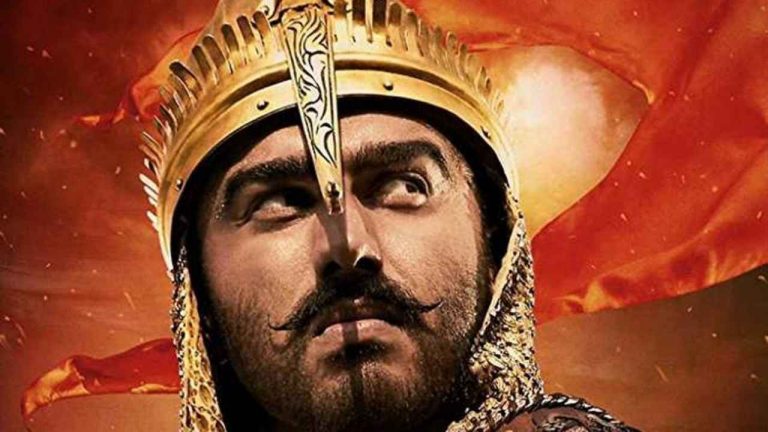
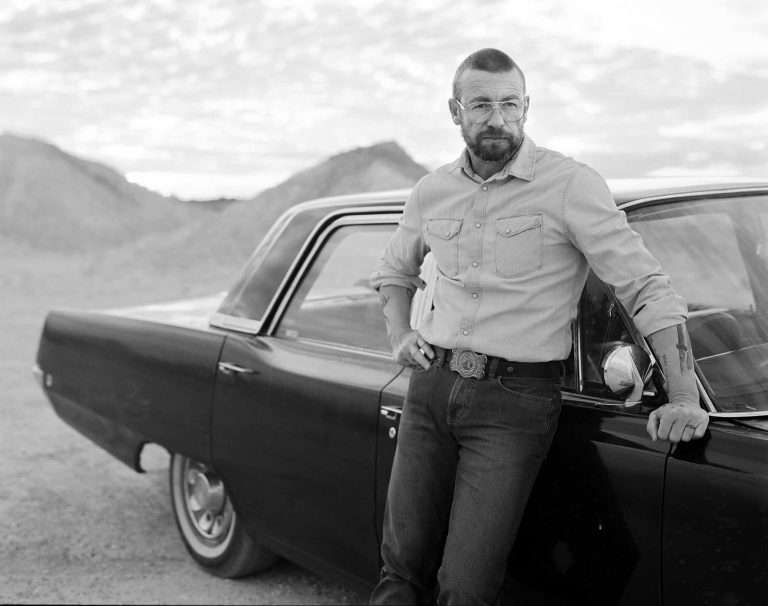
![True Things [2022]: Movie Review & Ending, Explained](https://79468c92.delivery.rocketcdn.me/wp-content/uploads/2022/09/True-Things-2021-768x421.jpeg)
